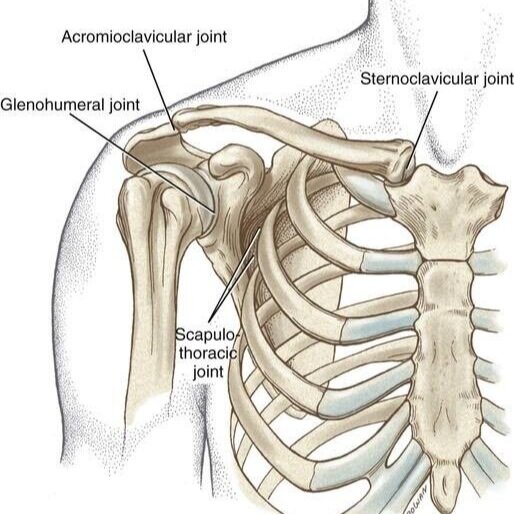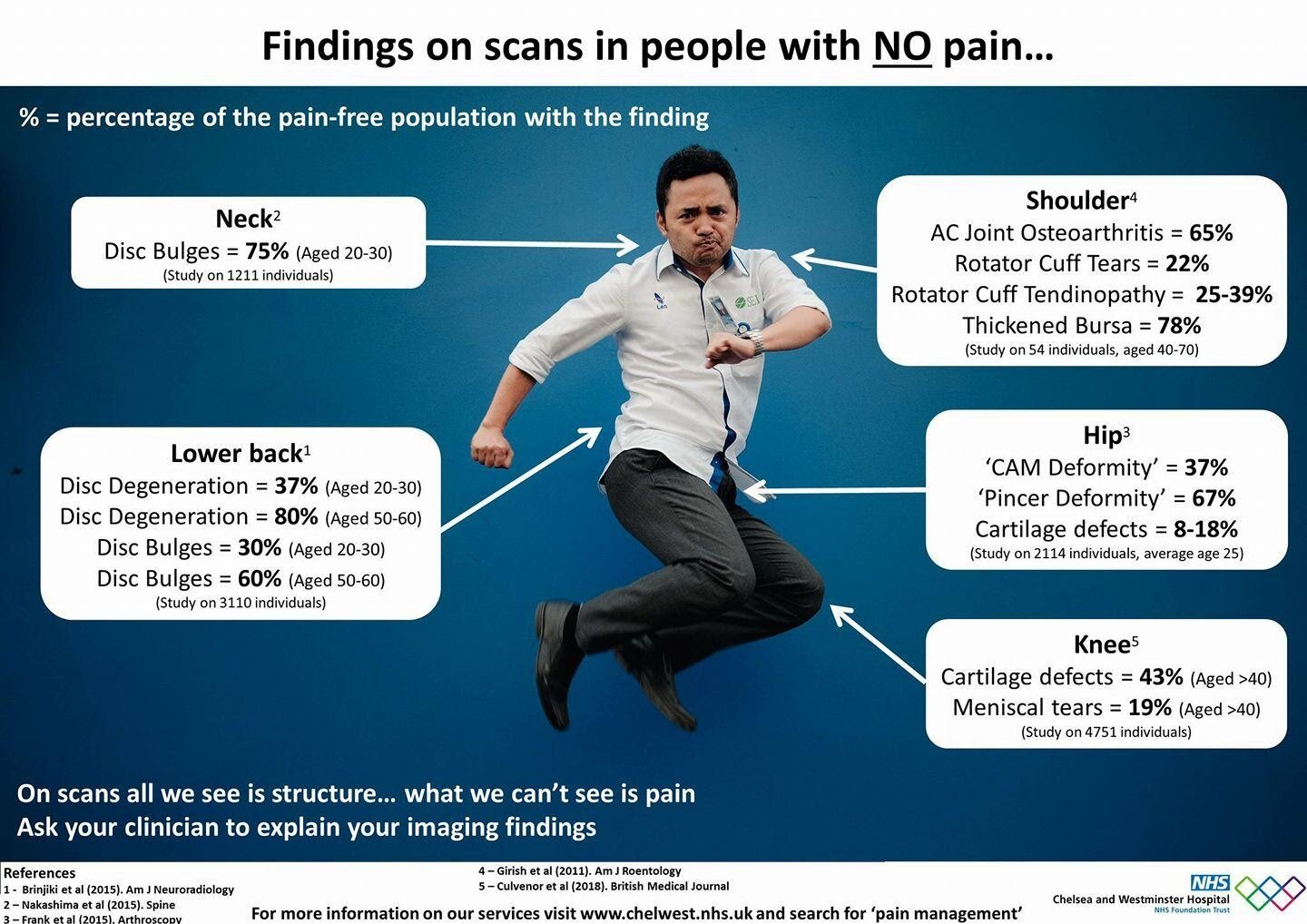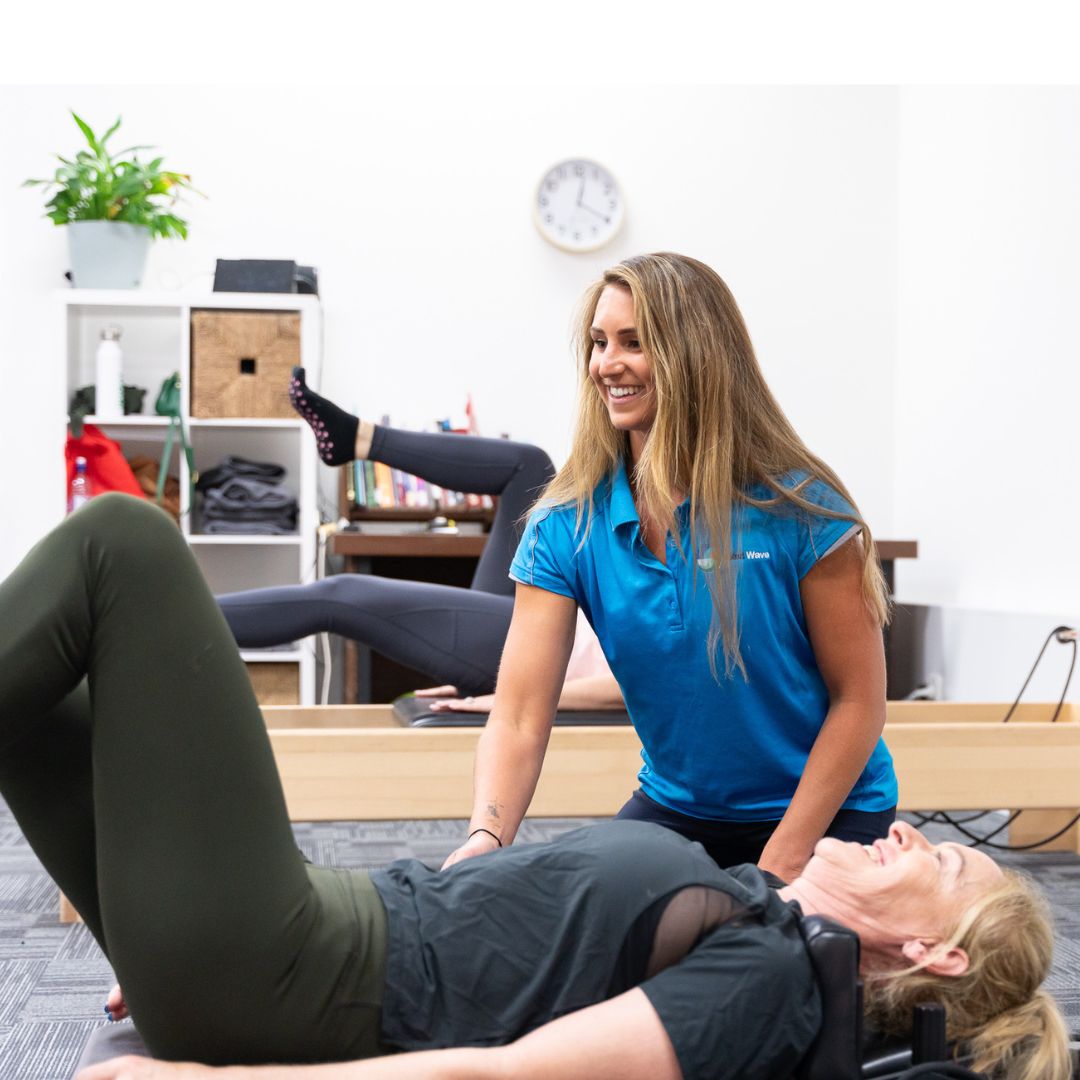
Shoulder Pain
Shoulder pain is the third most common musculoskeletal complaint in the general population (1) (2) and certainly something we see a lot of at Next Wave Therapy. For many people symptoms of shoulder pain become persistent with up to 50% of cases reporting ongoing symptoms years after onset (2).
The exact mechanisms underlying shoulder pain are poorly understood and often considered to be multi-factorial in nature (1) (3). Diagnosis for a patient can be tricky as the neck can refer pain into the shoulder (see blog on cervical radiculopathy) as can the upper back and some gastrointestinal issues. This lack of diagnostic clarity often relates to poor outcomes as knowing what to treat and how to treat it is the key to successful outcomes for patients.
The shoulder is quite a remarkable joint and demonstrates the perfect balance between mobility and stability.
Too stable and you won’t be able to move your arm and hand, too mobile and subluxations and dislocations can occur which may injure structures of the shoulder complex.
The anatomy of the shoulder is quite interesting as the only bony attachment of the shoulder girdle to the rest of the body is where the collar bone (clavicle) meets the breastbone (Sternum) at the sternoclavicular joint. The shoulder then relies on muscular attachment to do the rest!
The shoulder complex is basically 4 joint systems that all interact and move to allow the arm and hand to be placed in different positions in space.
The 4 joints of the shoulder are:
Sternoclavicular joint
Acromioclavicular joint
Glenohumeral joint
Scapulothoracic joint
Most common shoulder problems
Some of the most of the most common issues around the shoulder complex are related to the glenohumeral joint (4). Disorders associated with this part of the shoulder involve:
-
Rotator cuff tears or tendinopathy
-
Sub acromial bursitis
-
Frozen shoulder
-
Biceps tendon issues
-
Labral injuries
-
Shoulder dislocation and instability
These issues are often difficult to diagnose.
We see a lot of people at Next Wave Therapy who have shoulder pain, have tried to rest it and avoid activities that are painful, use pain relieving medication but fall into the 50% category that have ongoing issues. They may then be referred for imaging such as an ultrasound scan, X-ray or MRI in the hope to find out what is causing their pain. These scans often identify anomalies of the structures in the shoulder. However, there is a but and it’s a big BUT, we can’t be 100% certain that those anomalies are responsible for the shoulder pain!
Just look at the following picture of scan findings on people that don’t have any pain!
Lots of people with NO pain have osteoarthritis of the AC joint, rotator cuff tears / tendinopathy and bursitis!!!!!
Now don’t get me wrong these radiological findings can certainly cause pain but the key message here is that they can also be present in people with NO pain and NO restriction of function (5).
In addition, factors that are present during an acute episode of shoulder pain may not be responsible for those symptoms to persist!
This may reflect changes in the sensitivity of the nervous system i.e. you can experience pain with a lower stimulus as your body adapts to try an protect you from potential or actual tissue injury. As well as sensitivity changes, people in pain will move differently and avoid certain activities as a protective response so changes in movement patterns and deconditioning can all play a role in a person’s shoulder pain (1) (5).
For some people having shoulder pain can be quite debilitating. It can affect sleep, affect work and affect family life and recreational activities. This can add financial pressure and social pressure often leaving a person not able to participate in activities that give their life meaning. This is a double whammy because we know from research that poor sleep, anxiety and depression have been closely associated with shoulder pain lasting more than 3 months (6).
Changing behaviours related to pain with regard to work, family, recreation and activity pacing has been shown to improve functional capacity and pain (7).
Treating Shoulder Pain at Next Wave Therapy
At Next Wave Therapy we like to get a really detailed assessment and physical exam so that we can get a really good idea of what is going on with your shoulder and also to understand how it is affecting your life. Our first step is to get any painful symptoms to a more manageable level. We then address any physical impairments whether its mobility, control or strength or a combination of all of these things. Finally, we put together a detailed, comprehensive treatment plan for your recovery and beyond so that you can fully participate in life.
Our Physiotherapists collaborate with our Occupational Therapist and Naturopaths so that if there are other issues contributing to your shoulder pain whether its sleep, energy levels, diet etc. we are able to provide the most complete package of care all under one roof. In simple terms “we got you covered!”
Copyright Next Wave Therapy
Written by Jonathan Wray Principal Physiotherapist
References
1. Engebretsen KB, Grotle M, Natvig B. Patterns of shoulder pain during a 14-year follow-up: results from a longitudinal population study in Norway. Shoulder Elb. 2015;7(1):49–59.
2. Van Der Windt DAWM, Koes BW, Boeke AjP, Deville W, De Jong B, Bouter LM. Shoulder Disorders in General PRactice: Prognostic Indicators of Outcome. Br J Gen Pract. 1996;46:519–23.
3. Linaker C, Walker-Bone K. Shoulder Disorders and Occupation. Best Pract Res Clin Rheumatol. 2016;29(3):405–23.
4. Umer M, Qadir I, Azam M. Subacromial impingement syndrome. Orthop Rev (Pavia). 2012;4(18):79–82.
5. Gwilym SE, Tracey I, Carr AJ. Evidence that central sensitisation is present in patients with shoulder impingement syndrome and influences the outcome after surgery. J Bone Jt Surg. 2011;93B:498–502.
6. Cho CH, Jung SW, Park JY, Song KS, Yu KI. Is shoulder pain for three months or longer correlated with depression, anxiety, and sleep disturbance? J Shoulder Elb Surg [Internet]. 2013;22(2):222–8. Available from: http://dx.doi.org/10.1016/j.jse.2012.04.001
7. Moseley GL, Flor H. Targeting cortical representations in the treatment of chronic pain: A review. Vol. 26, Neurorehabilitation and Neural Repair. 2012. p. 646–52.








